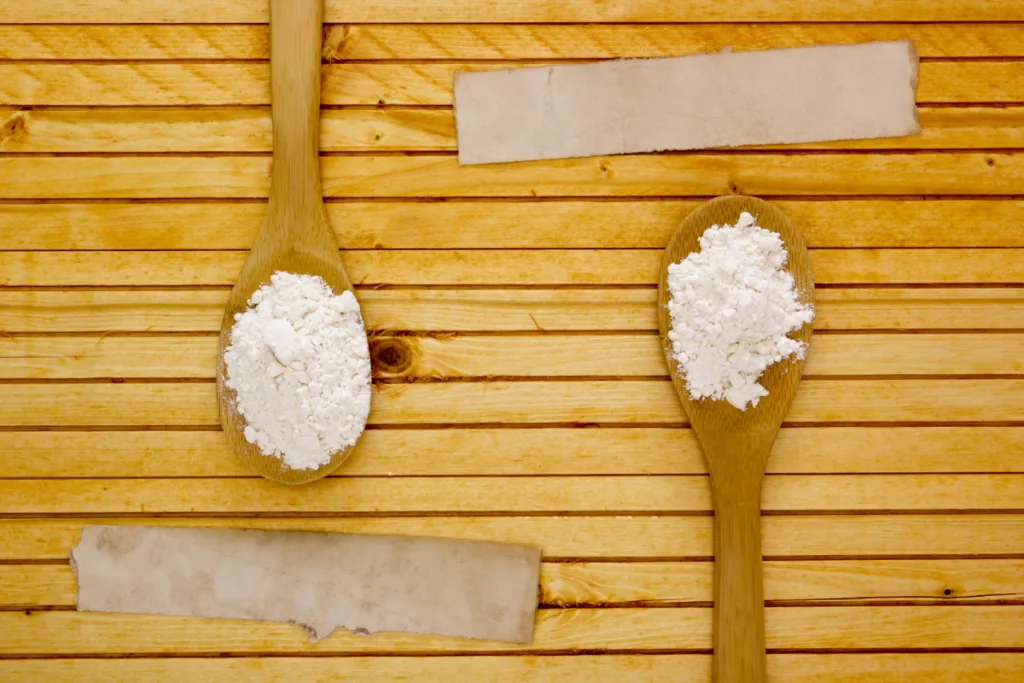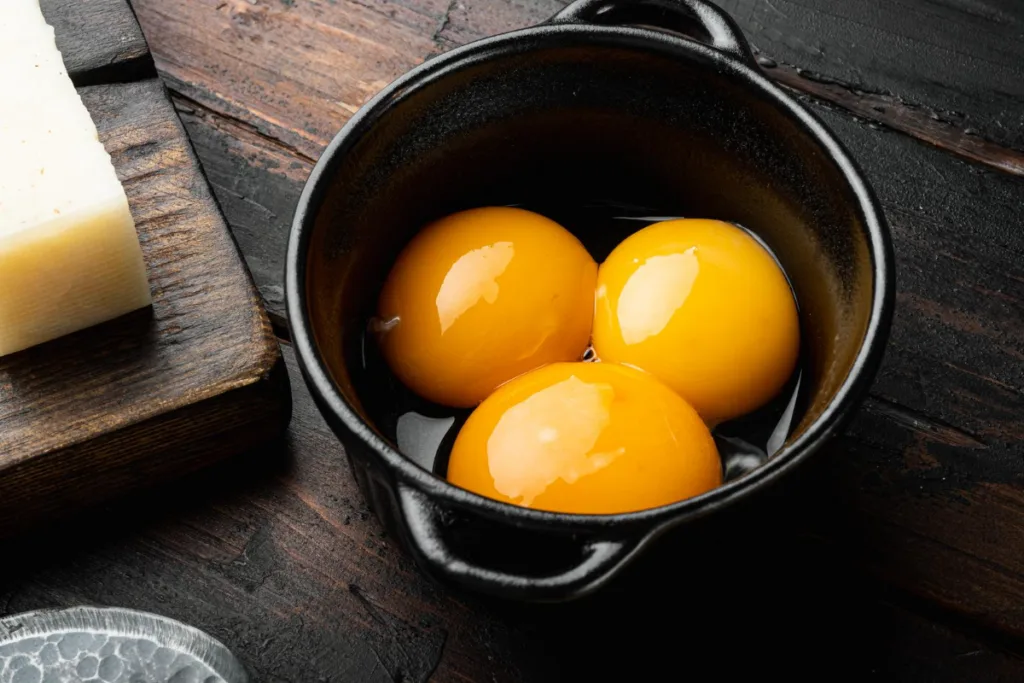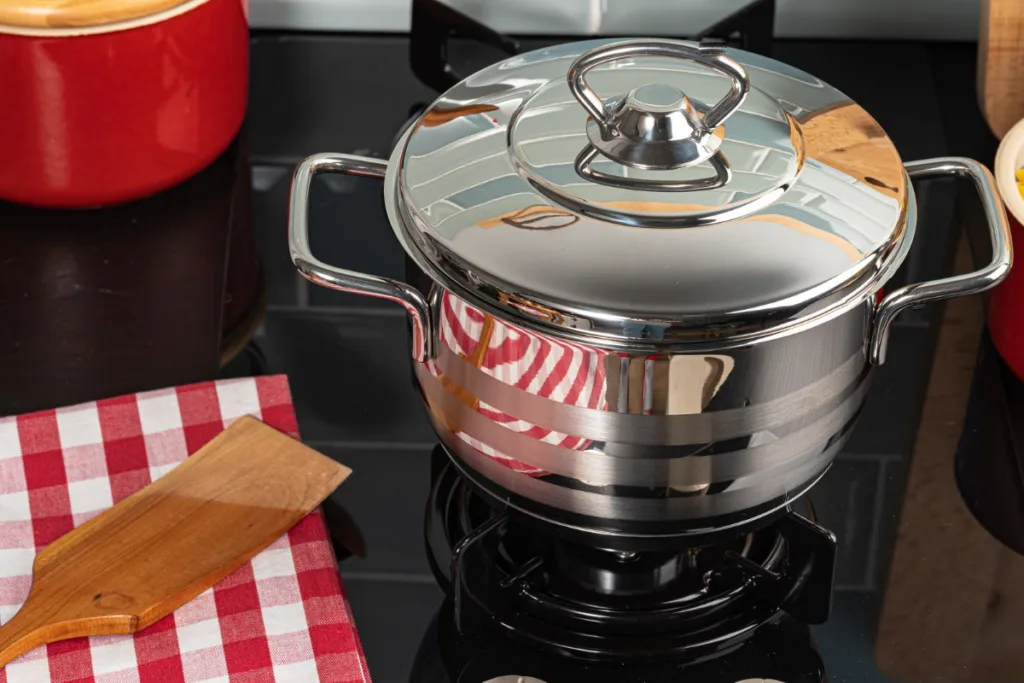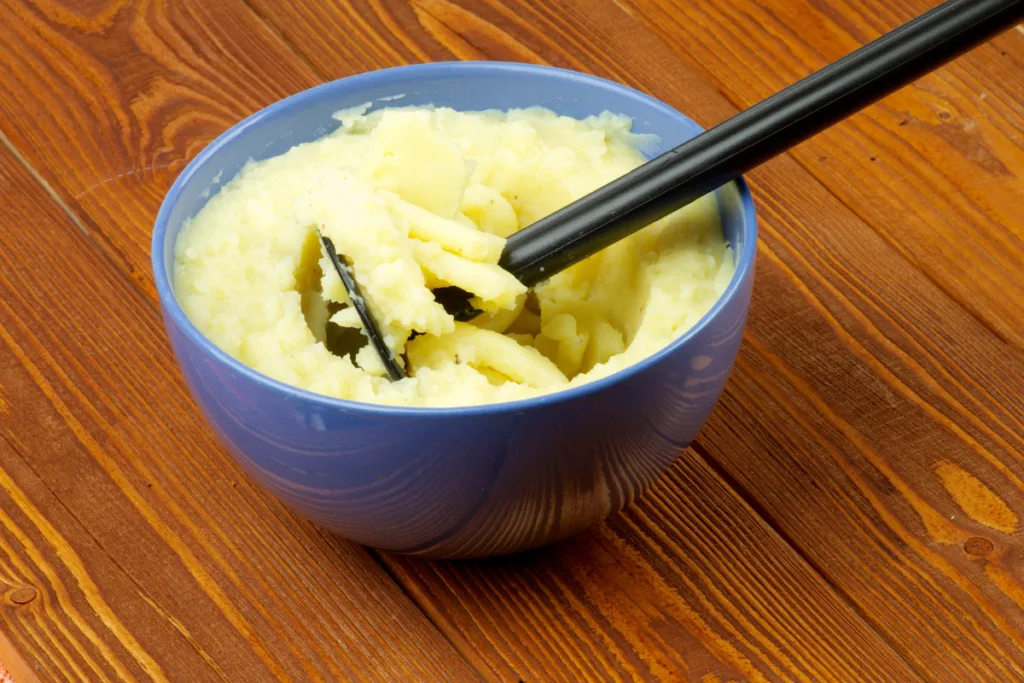You’ve probably stumbled here in the desperate hope of finding a solution to thicken that pasta sauce, gravy, or even make it less spicy without using flour or cornstarch. There are actually several ingredients that are on par in thickening capabilities, such as eggs, pureed vegetables, and even slow cooking, so you don’t need to worry if you’re out of either. So allow me to show you all ways how to thicken sauce without flour or cornstarch.

Jump To
Ways to Thicken Sauce Without Flour or Cornstarch
Arrowroot or Tapioca Flour
Now, these are some great alternatives to use if you wanna thicken sauce without cornstarch or flour, as they’re gluten-free and have a neutral taste. Arrowroot is derived from the tropical arrowroot plant and is good for low-temperature sauces, while tapioca flour is made from the cassava root and tends to thicken quickly, so add it slowly. To use either of them, just mix them with cold water to create a slurry and add it to the sauce slowly while stirring constantly.
Egg Yolk
Adding egg yolk to thicken a sauce is a classic technique used for centuries. The yolk of an egg contains a high amount of protein and fat, which can help to thicken and emulsify sauces. Using it requires whisking them in a bowl until they’re smooth. Then, slowly add a small amount of the hot sauce to the bowl while whisking constantly.
This will temper the egg yolks and prevent them from curdling. Once the yolks have been tempered, slowly pour the mixture back into the sauce while whisking constantly. Cook the sauce over low heat and stir constantly until it thickens.

Vegetable Puree
A vegetable puree is certainly a healthy and flavorful way to add texture to your dishes. It’s also a great way to add nutrition and flavor to your sauce while reducing the amount of fat and calories. Some popular options for creating it include carrots, sweet potatoes, squash, and cauliflower.
If you do plan on using it, just cook the vegetable you choose until it’s soft, puree it in a blender, and then slowly add it to your sauce while stirring constantly. You’ll also need to adjust the seasoning to balance the added flavor from the vegetable puree.
Reduce the Sauce
A classic technique to thicken sauce without using flor or cornstarch is to reduce it. However, you’ll need to keep a close eye on the sauce to prevent it from burning or over-reducing. Also, be aware that reducing a sauce can alter its flavor profile, which may require adjusting the seasoning or adding a small amount of acid to balance the flavors.
To do this, simply cook the sauce over low heat until it comes to a simmer, then continue to simmer it until it reduces in volume by about half. As the sauce reduces, its flavors become more concentrated, and its texture becomes thicker and more velvety.

Slow Cooking
Slow cooking is a gentle and gradual process that allows you to thicken your sauce without using flour or cornstarch. This method works by cooking your sauce over low heat for several hours, causing the liquid to evaporate slowly and leaving behind a thicker and more concentrated sauce.
As your sauce cooks, the flavors deepen and intensify, resulting in a rich and delicious sauce that’s perfect for any dish. But make sure to stir your sauce occasionally while it cooks to ensure even thickness.
Potato
Spuds aren’t your typical thickener, but they do help in their own way to thicken. Potatoes, when cooked, release starch that naturally thickens sauces, making them ideal for long-cooked dishes like stews and cream-based sauces such as Alfredo. Simply boil until soft, mash or blend to a smooth consistency, then mix the puree into the sauce until well incorporated.

Lentils
Lentils are another nutrient-rich, vegan-friendly ingredient that can also equally thicken dishes. This is because as the lentils cook, they release their starches into the sauce, in turn thickening it. They, too, work best with dishes that have a longer cooking time.
You can also puree them as you would potatoes and then add them to the sauce. This technique works particularly well for tomato-based sauces, such as spaghetti sauce or chili sauce.
Beans
Beans are another great ingredient perfect for dishes with a longer cooking time. The beans release their starches into the sauce as they cook. These starches are what thicken it.
They can be pureed and added to sauces as another method or added whole. Pureeing them is particularly effective for cream-based sauces, such as bean soups or dips, and they’re also great to thicken soups. They’re also perfect for vegan and vegetarian sauces, as they are a good source of protein and fiber.
FAQs
Can baking powder replace cornstarch?
Baking powder is not a good substitute for cornstarch when it comes to thickening sauces. While both are leavening agents, baking powder contains baking soda, which can give sauces a bitter taste. Moreover, baking powder does not have the same thickening power as cornstarch.
Does incorporating butter help in thickening sauces?
Butter can add richness and flavor to sauces, but it’s not a thickening agent. In fact, adding butter to a thin sauce can make it even thinner.
How can I thicken my stew without flour or cornstarch?
One way is to puree some of the vegetables in the stew, such as potatoes, carrots, or beans, and then add them back to the pot. Another way is to use a natural thickener like okra. Finally, you can try reducing the stew by simmering it for longer or adding a small amount of arrowroot powder, potato starch, or tapioca flour.
